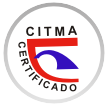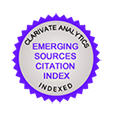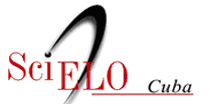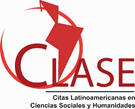Financial crimes in the era of crypto-assets: legal challenges and mitigation strategies
Abstract
The Rapid Technological Advancements of the Last Decades, such as the Internet, Cloud Computing, Artificial Intelligence, and Blockchain, Have Transformed Virtually All Aspects of People's Lives, Giving Rise to New Business Models and Forms of Economic Interaction. In This Context, This Article Aims to Analyze the Main Legal Challenges and Mitigation Strategies Associated with the Use of Cryptocurrencies in the Commission of Financial Crimes. To This End, the Methodology of Fuzzy Cognitive Maps Was Used in Order to Propose a Comprehensive Approach That Allows Leveraging the Innovative Opportunities of These Technologies While Minimizing Their Risks. The Literature Review Allowed Identifying That Certain Inherent Characteristics of Cryptocurrencies, Such as Anonymity and the Ease of Cross-Border Transfers, Have Facilitated Their Use in Illicit Activities Such as Money Laundering. The Analysis of Regulatory Sources and Interviews with Experts Evidenced the Existence of Significant Legal Uncertainty Regarding the Treatment of Cryptocurrencies, as Well as Significant Challenges for Authorities in the Control and Prosecution of Financial Crimes Related to These Digital Assets. In This Regard, the Article Proposes 5 Key Strategies to More Effectively Address the Legal Challenges and Financial Crimes in the Cryptocurrency Ecosystem.
Keywords: Technological advancements, Internet, Financial crimes.
Downloads
Published
How to Cite
Issue
Section
License
Copyright (c) 2024 Editorial "Universo Sur"

This work is licensed under a Creative Commons Attribution-NonCommercial-NoDerivatives 4.0 International License.
La editorial "Universo Sur", de la Universidad de Cienfuegos, publica el contenido de la Revista "Universidad y Sociedad" bajo una Licencia Creative Commons Atribución-NoComercial-SinDerivar 4.0 Internacional.
© Podrá reproducirse, de forma parcial o total, el contenido de esta publicación, siempre que se haga de forma literal y se mencione la fuente.










